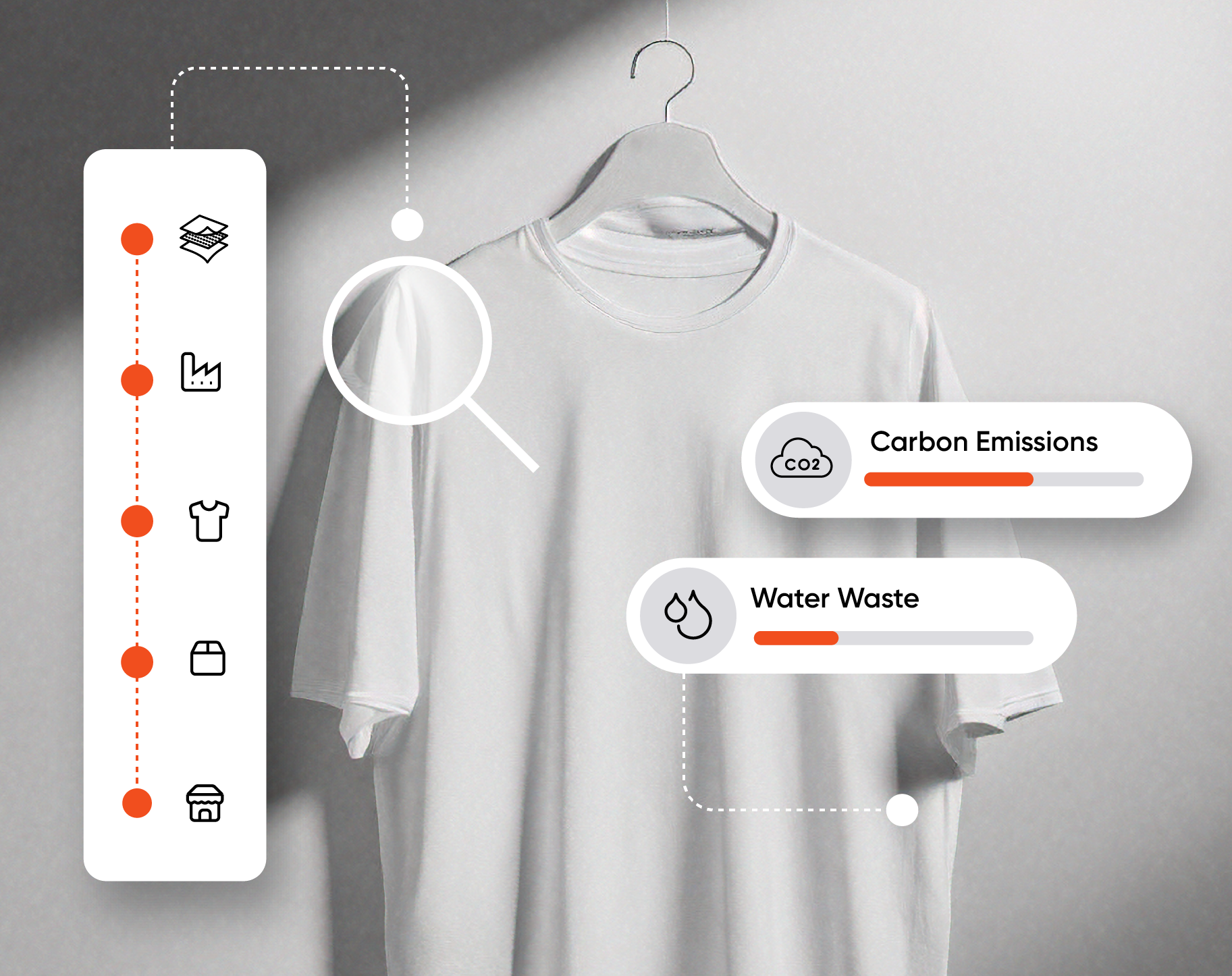Why Vendor-Brand Collaboration Is Key to Fashion Supply Chain Agility
Discover how vendor-brand collaboration and digital workflows drive fashion supply chain agility, reduce risk, and speed up time to market.

The fashion supply chain is at a turning point as consumers demand unprecedented transparency. Shoppers now regularly ask, Where was this made? Who made it? Under what conditions? According to the Global Fashion Agenda’s report, over 70% of global consumers actively seek transparency and sustainability information before purchasing. Brands that can answer these questions clearly, and in real time, are winning trust, loyalty, and a competitive edge.
While technologies like IoT (Internet of Things) play an important role by providing data from the physical supply chain, such as RFID tags and smart sensors, digital product development tools complement this by transforming how products are designed, developed, and tracked before they ever reach production. Together, they enable fashion brands to build transparent, efficient, and responsible supply chains.
The fashion supply chains are highly complex, from sourcing raw materials from cotton fields to delivering them to the end consumer in retail stores. A garment has to go through a pathway encompassing dozens of suppliers and multiple countries. This complexity creates the potential for blind spots, or areas where visibility becomes scarce and data gets lost, which increases the burden of accountability for fashion brands.
At the same time, modern consumers are more conscious than ever about how a product came into being. They are concerned about whether it was made along ethical lines, involved fair labor use, and impacted the environment. The McKinsey report highlights that 79% of Gen Z consumers consider sustainability when choosing brands.
It has become critical for brands to live up to these expectations. Digital tools help shine a light on the entire process, connecting the dots between physical production and virtual management so nothing slips through the cracks.
Digital tools boost supply chain visibility by making operations more connected, efficient, and traceable. With real-time tracking, automation, and seamless collaboration, brands can make smarter decisions, reduce mistakes, and build a strong, transparent supply chain.
Here’s how it works:
Digital tools, from IoT devices to RFID tags, help track products and materials as they move through the supply chain. Brands can see what’s in stock, where shipments are, and how production is progressing, making it easier to solve problems before they escalate. This also lets brands monitor environmental and social impacts across sourcing and distribution.
Digital systems reduce human error and speed things up by automating manual tasks. AI-powered insights can help optimize inventory, cut waste, and improve delivery routes, saving time and money. This frees teams to focus on strategic work rather than getting bogged down in repetitive tasks.
Digital platforms connect everyone in the supply chain, from designers to manufacturers to retailers, so they can share information and make decisions faster. This creates a sense of trust and shared purpose, improving teamwork and boosting overall efficiency.
Technologies like blockchain make tracing a product’s journey from raw materials to finished item possible. This kind of end-to-end tracking builds accountability and gives consumers confidence that what they’re buying was made ethically and sustainably.
With access to real-time data, brands can make smarter choices about sourcing, production, and logistics. Predictive tools like virtual fit validation help spot potential risks so companies can act early and avoid costly mistakes.

Digital transformation isn’t just about speeding up operations. It’s also about helping brands become more ethical and sustainable. Digital tools give brands access to measurable data on how much energy and water they use, how much waste they produce, and how they can improve their processes to reduce environmental impact.
For example, a dyeing facility might use sensors to track the amount of wastewater or chemicals released, helping the team adjust and minimize harm to local ecosystems. Digital systems can also help monitor labor practices, ensuring working hours, safety standards, and fair treatment are upheld across the supply chain. This data isn’t just useful internally. It helps brands prove to customers that they’re living up to their sustainability promises.
By combining virtual product development with real-world data, brands can eliminate the need for endless physical samples, shorten long design cycles, and create products that are truly ready for market. According to McKinsey’s "State of Fashion" report, brands that embrace advanced digital tools can reduce product development time by up to 50%, accelerating speed to market and improving overall agility.
The future of fashion supply chains is all about merging technologies. As digital tools like virtual product development merge with technologies like AI, blockchain, and IoT, brands will unlock even greater speed, efficiency, and transparency.
Predictive analytics will help brands anticipate and avoid disruptions before they happen. Smart technologies, like virtual try-ons or AR-powered shopping experiences, are already transforming how customers engage with fashion, reducing return rates and boosting conversions. Blockchain will add another layer of trust, giving consumers a clear, secure view of where their clothes come from and how they were made.
At the same time, shifting global conditions will push brands to rethink their sourcing strategies and stay agile.
The fashion world is breaking away from business-as-usual, as it no longer has the luxury of taking things for granted in terms of how it operates. Digital product development, which integrates data, ethics, and design, is at the core of this transparency. By embracing digital solutions, brands have a powerful opportunity to gain end-to-end visibility, cut waste, speed up timelines, and deliver on their ethical and sustainability goals.
Discover how vendor-brand collaboration and digital workflows drive fashion supply chain agility, reduce risk, and speed up time to market.
AI is reshaping garment manufacturing. Discover insights from the AI-Driven Digital Transformation Summit in Vietnam, co-hosted by Browzwear.
How Browzwear helps Lidl & Kaufland achieve sustainability, trusted fit, and operational efficiency through digital product development.